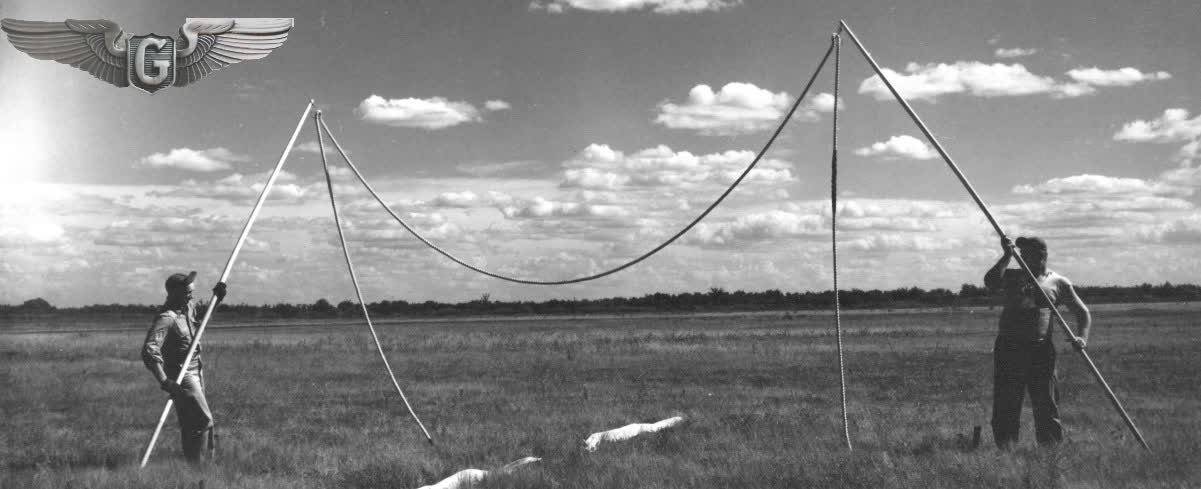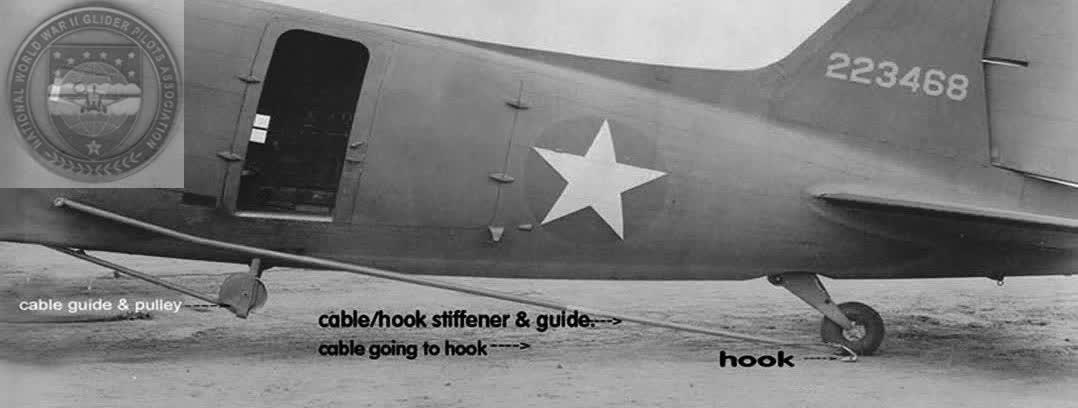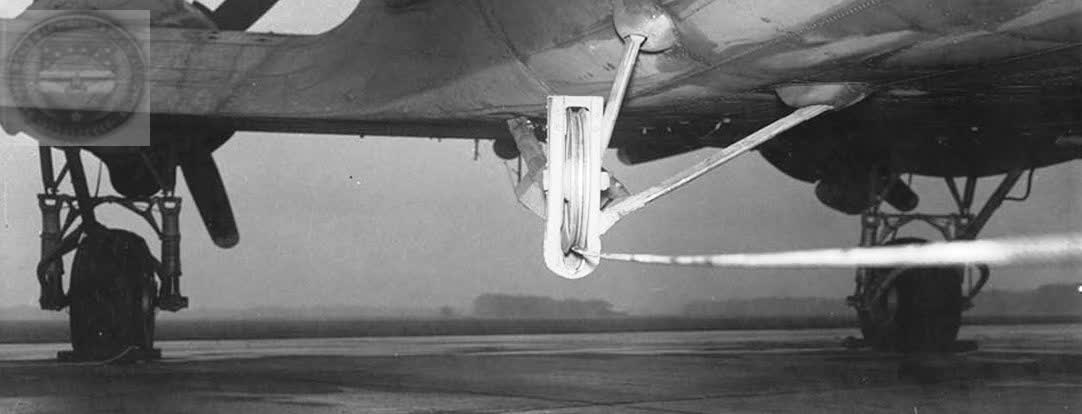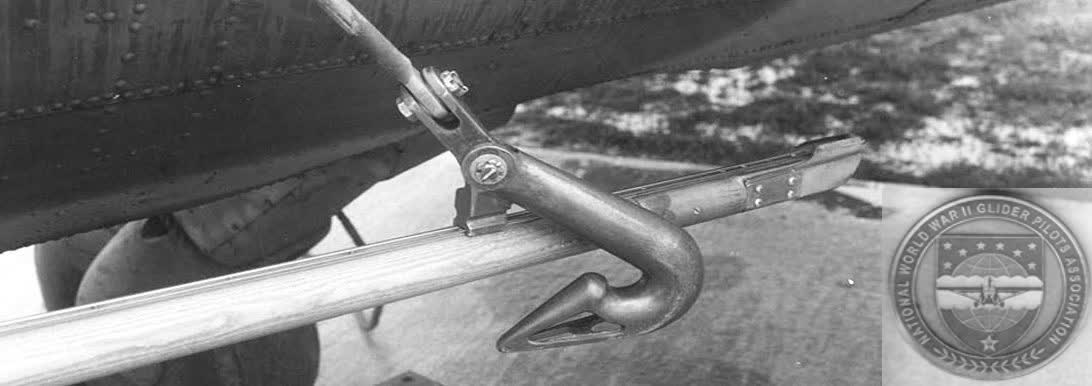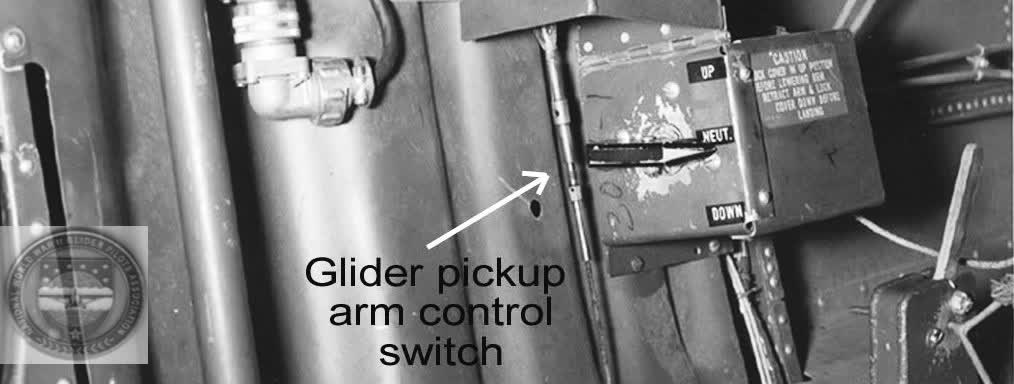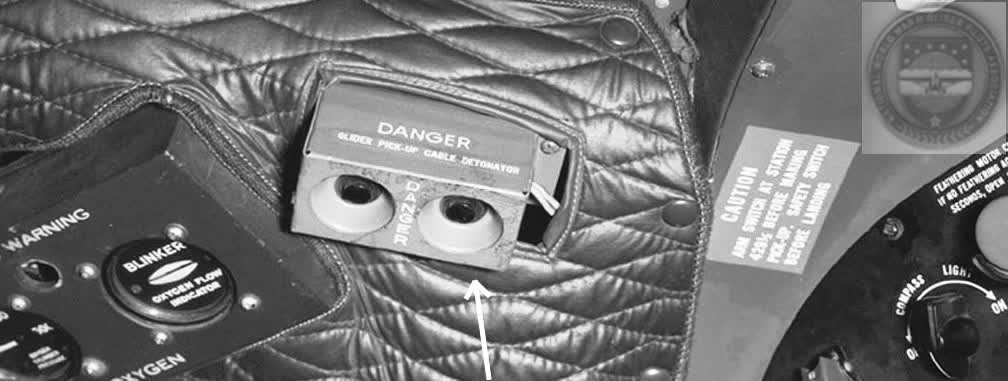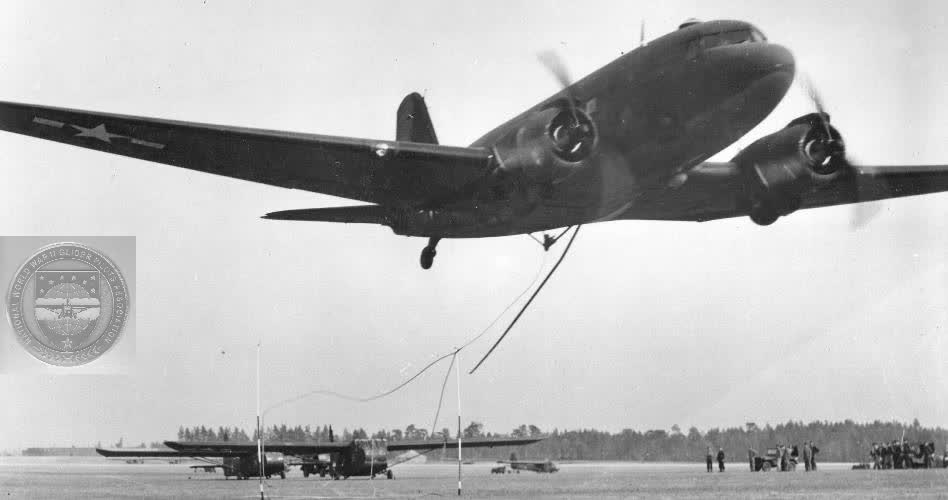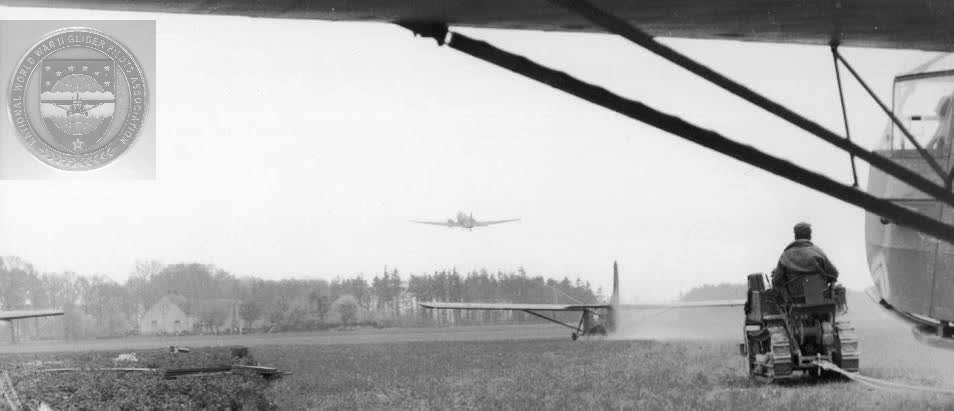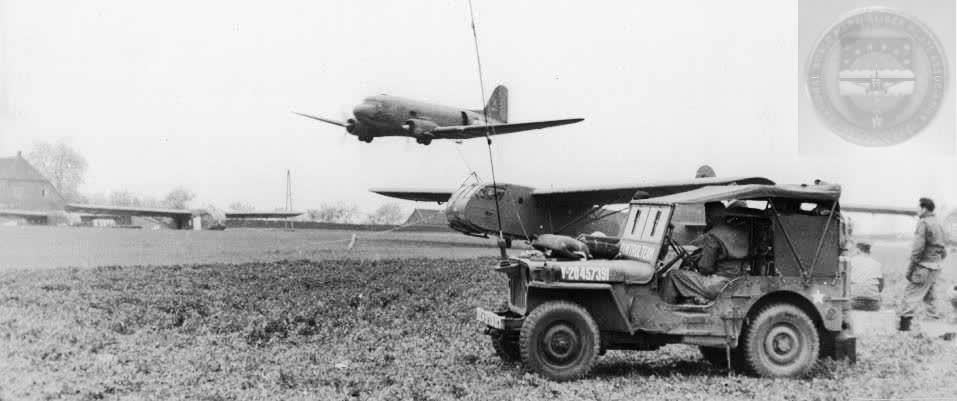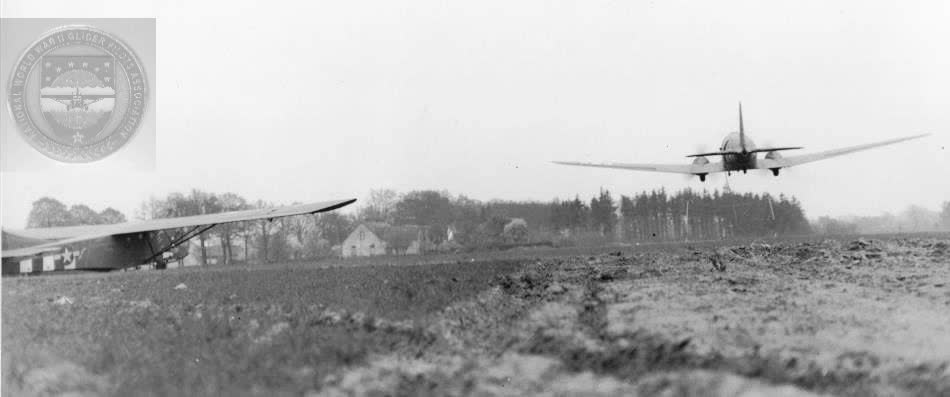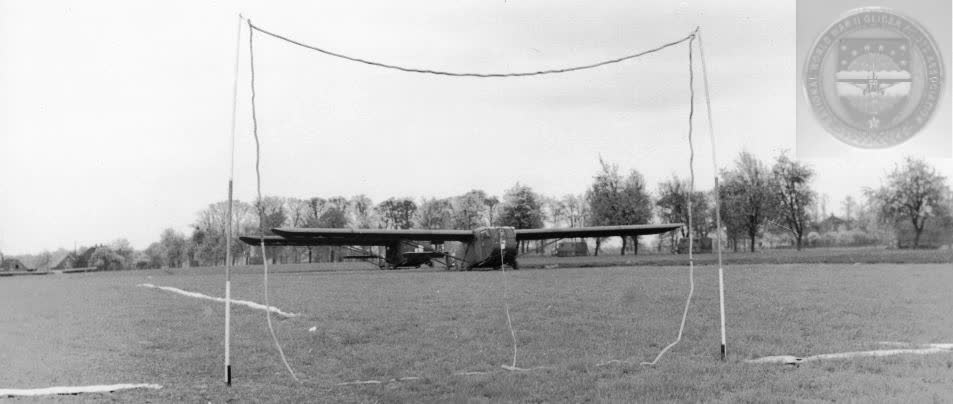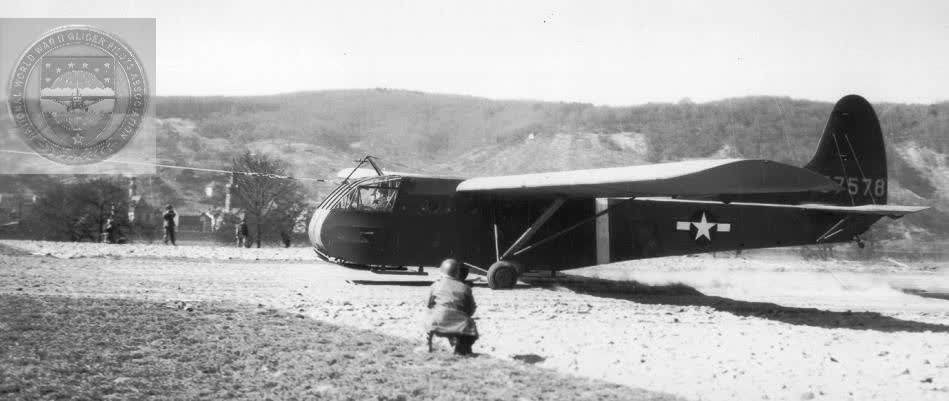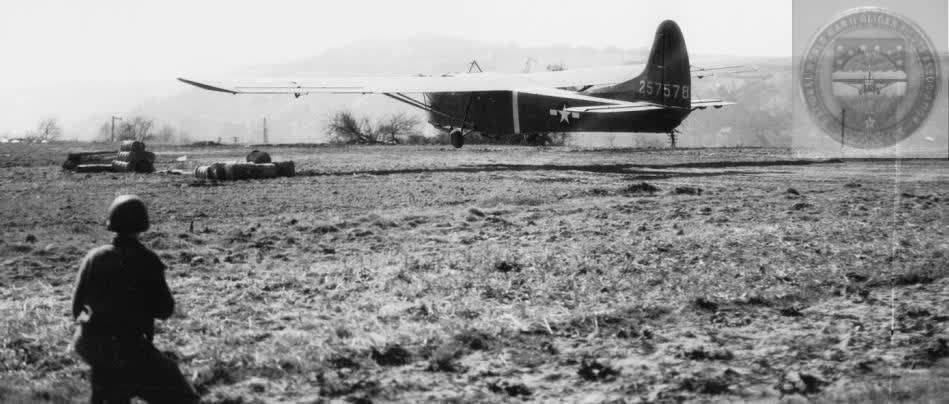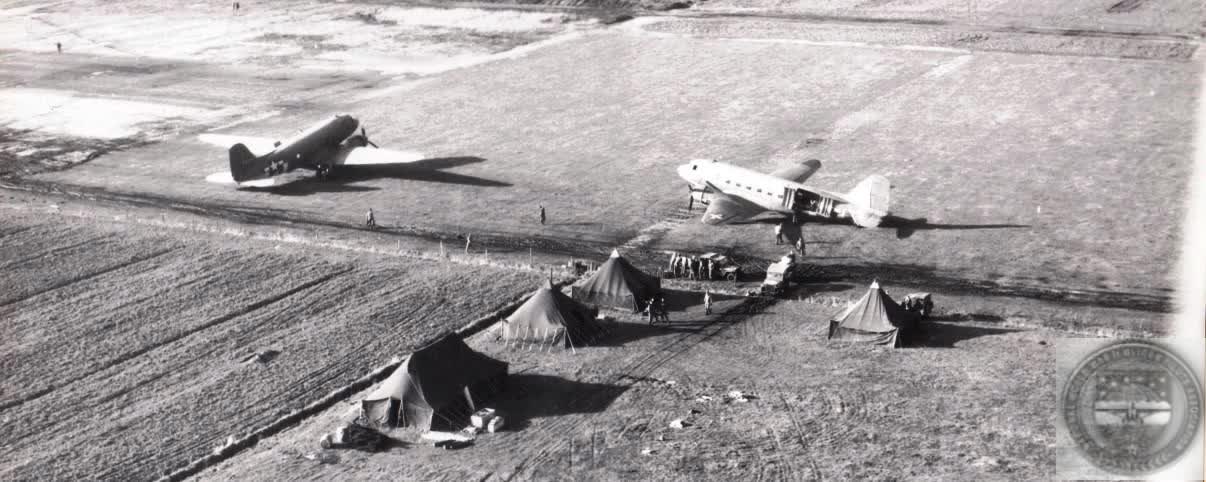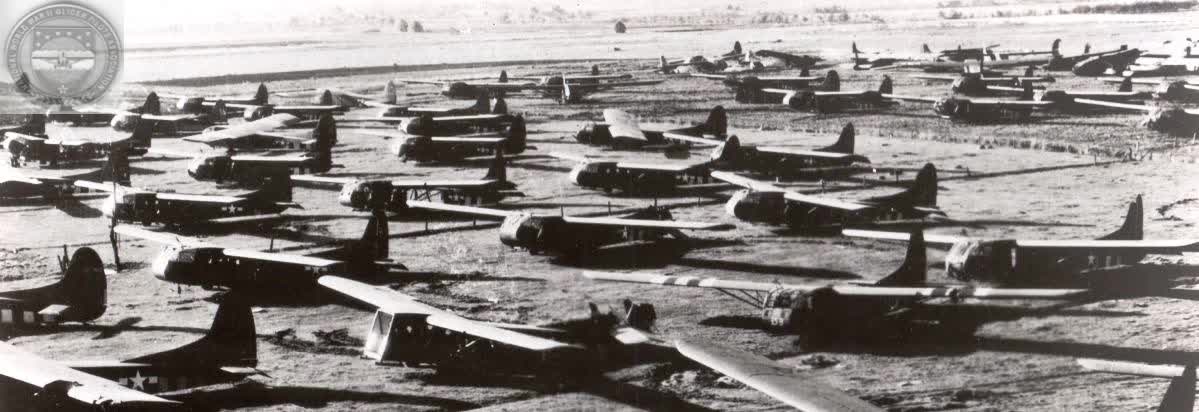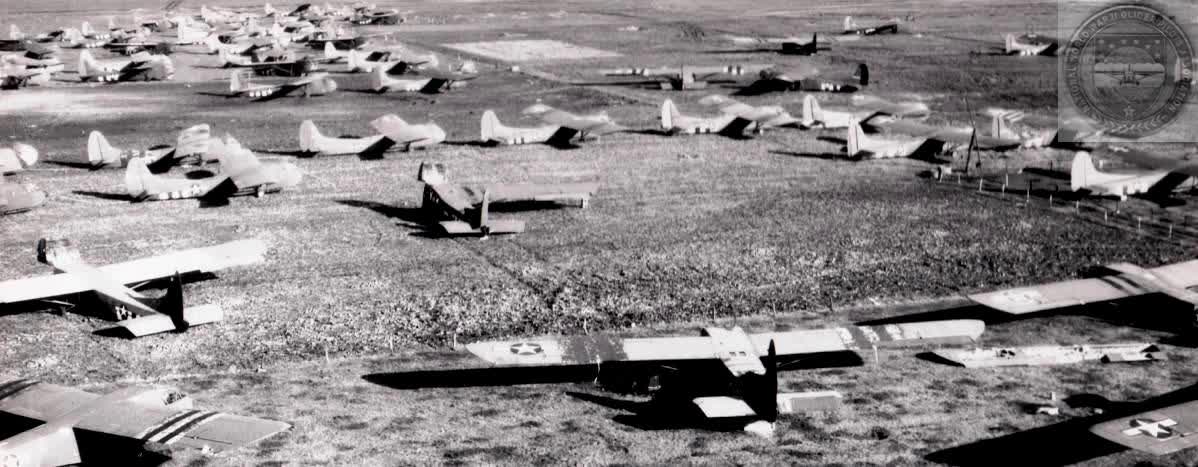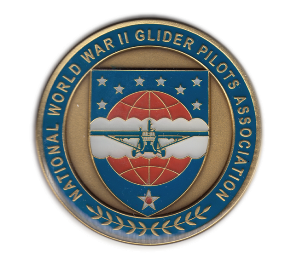National WWII Glider Pilots AssociationLegacy Organization of veterans National WWII Glider Pilots Association. | ||
Reclamation, the recovery of gliders used in combat, was a complicated and difficult task but a very important one. Gliders were frequently reused in Burma because the glider was vital for getting into areas that only the glider could go with equipment and men. The recovery process was also used be able to evacuated soldiers, wounded, and villagers threaten by the enemy.
Throughout social media there seems to be a belief that the glider was a one flight expendable piece of equipment. This is not true. The CG-4A glider did often get damaged on landing under fire but not always and some gliders could be fixed and put back into flying order in the landing zone. Throughout India and Burma between January 9th 1944 and the 23rd of April 1945, out of a total number of 415 sortie about 194 CG-4A gliders were recovered.
No gliders were recovered from the Sicily operation (9 July 1943), the invasion of southern France (15 August 1944) nor Bastogne (26 - 27 December 1944).
NORMANDY 6 - 7 June 1944
Two hundred and ninety two CG-4A gliders (and 222 Horsa gliders) were flown in the Normandy operation by American glider pilots. Thirteen CG-4A gliders were snatched out of the Landing Zones by C-47s. This was accomplished between June 23 and 25th, 1944, by locating gliders that were in flyable condition. The first glider that was taken out of Normandy was located by Major Morton of the 91st Troop Carrier Squadron, 439th TC Group and was snatched by C-47 pilot Gerald Berry. 1
HOLLAND 17-23 Sept. 1944
On August 26, 1944, for the Market Operation, the IX Troop Carrier Service Wing was tasked to repair and reclaim all damaged planes and gliders used by the IX Troop Carrier Command throughout the entire Operation. There were three tasks that they were assigned:
- The repair of battle damaged aircraft from D-day to D+9 (this was done in England).
- The reclamation and repair of aircraft and gliders left on the Continent by the operational groups.
- Resupply to the Service Task Force units doing this work.
The Service Groups would salvage some gliders for parts to make a flyable glider. It was a difficult and complicated job and went on from October 1944 through March 1945. One thousand nine hundred (1,900) CG-4A glider sorties were flown between the 17th and the 23rd of September. Of those gliders 146 were recovered. The 441st was one Troop Carrier Group involved in the reclamation where they were sending pilots at various time to Son. On various dates in the 441st diary you would find remaks such as: 12 February [1945] F/O Douglas M Libbey, returned from DS to SON or Six A/C ferried twelve Glider Pilots to B-54, returned with six gliders...
REMEGAN 22 March 1945
The first glider pickups to be made from German soil was near Remagen The 50th Wing landed two CG-4A gliders carrying medical supplies near the Remagen Bridgehead. The first glider’s tail section was slightly damaged upon landing but the “glider was not rendered unfit for pickup”. After supplies were unloaded the gliders were loaded with (first time in the ETO) wounded soldiers. The C-47s that towed the gliders flew in the vicinity for over two hours then snatch the two gliders when they were loaded and ready. 2 So, two gliders were landed and two were recovered.
RHINE CROSSING 24 March 1945
This was the last major lift of the war in the ETO. Nine hundred and eight (908) gliders were towed and released into the Wesel and Hammenkiln area of Germany. In April of 1945, one-hundred forty-eight (148) CG-4A gliders were snatched out of Germany and sent back to Troop Carrier Groups.
Other smaller glider recoveries were made in April, Jun, July 1945 and in Mar-April 1946, and Dec 1948 amounting to 50 sorties and 15 recoveries.
It was said, had it not been for the recovery of gliders in Normandy and Holland there would not have been enough gliders to fly the last major airborne mission, the invasion of Germany. In looking at these numbers it can be said that there was a good attempt to recover as many gliders as possible and the work that the Mobile units completed were commendable.
=======================
related reading/story: AMERICAN GLIDER PILOTS CAPTURED BY BRITISH A/B
1 Gerald Berry said that he was not able to fly in the resupply of Bastogne because he was snatching gliders from Holland.
2 Remagen was important because it was the first time in the ETO that wounded soldiers needing hospital care would be taken from the front to a hospital by glider; a time and life saving event that would have taken days to get to a hospital, took only minuets by glider. The bombing campaign for the next operation was extremely thorough and roads and bridges were impassable. Gerald Berry was requested to be one of the pilots to snatch one of the two gliders loaded with wounded soldiers.
SOURCES:
DEN BROK, Hans, Market Flights: Glider Retrieval Operation. Vol 16. Hans den Brok. 2020. pp6
THOMS, Keith. Military Snatch Pickup. SWM Newsletter Winter 2011. pp.2
U.S. Air Force Historical Research Agency, 441st Troop Carrier Group Diary, Glider Pick-up evacuation Mission from Remagen Bridgehead
U.S. Air Force Historical Research Agency, 441st Troop Carrier Group February 1945 diary, Glider Pick-up evacuation Mission from Remagen Bridgehead
|
FURTHER READING: by Keith Thoms Glider Retrieval Operation by Hans den Brok |
GLIDER PICKUP/Snatch Snatching a Glider RECLEMATION American Glider Pilots Captured by British A/B by William SIMONSEN Double Snatch by Charles Day First Glider Snatched from Normandy by Gerald BERRY REMAGEN Glider Retrieval by Jungle Moonlight: Burma, 1944 by Leon SPENCER Charles DAY Keith H. THOMS NWWIIGPA Deputy Wing Commander
Eastern United States Military Snatch Pickup Summary
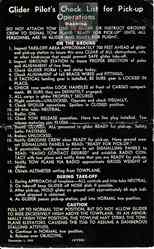
Glider Pilot Check List
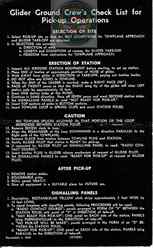
Glider Ground Crew Check List
|
CG-4A WWII CARGO GLIDER CG-4A WWII CARGO GLIDER GENERAL SPECIFICATION - CG-4A
Wing Span -- 83', 8" Length (Overall) -- 48', 3-3/4" Height -- 12', 7-7/16" Weight, design -- 3,750 lbs Gross Weight, design -- 7,500 lbs Wing Chord -- 10', 6" More Specifications
CG-4A WAS FLIMSY? COMMUNICATION SYSTEM CG-4A Loads CG-4A Load Facts CG-4A Cockpit CG-4A Instrument Panel 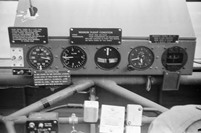 STORIES:
|
The HORSA GLIDER |
OUR TOW SHIPS |

